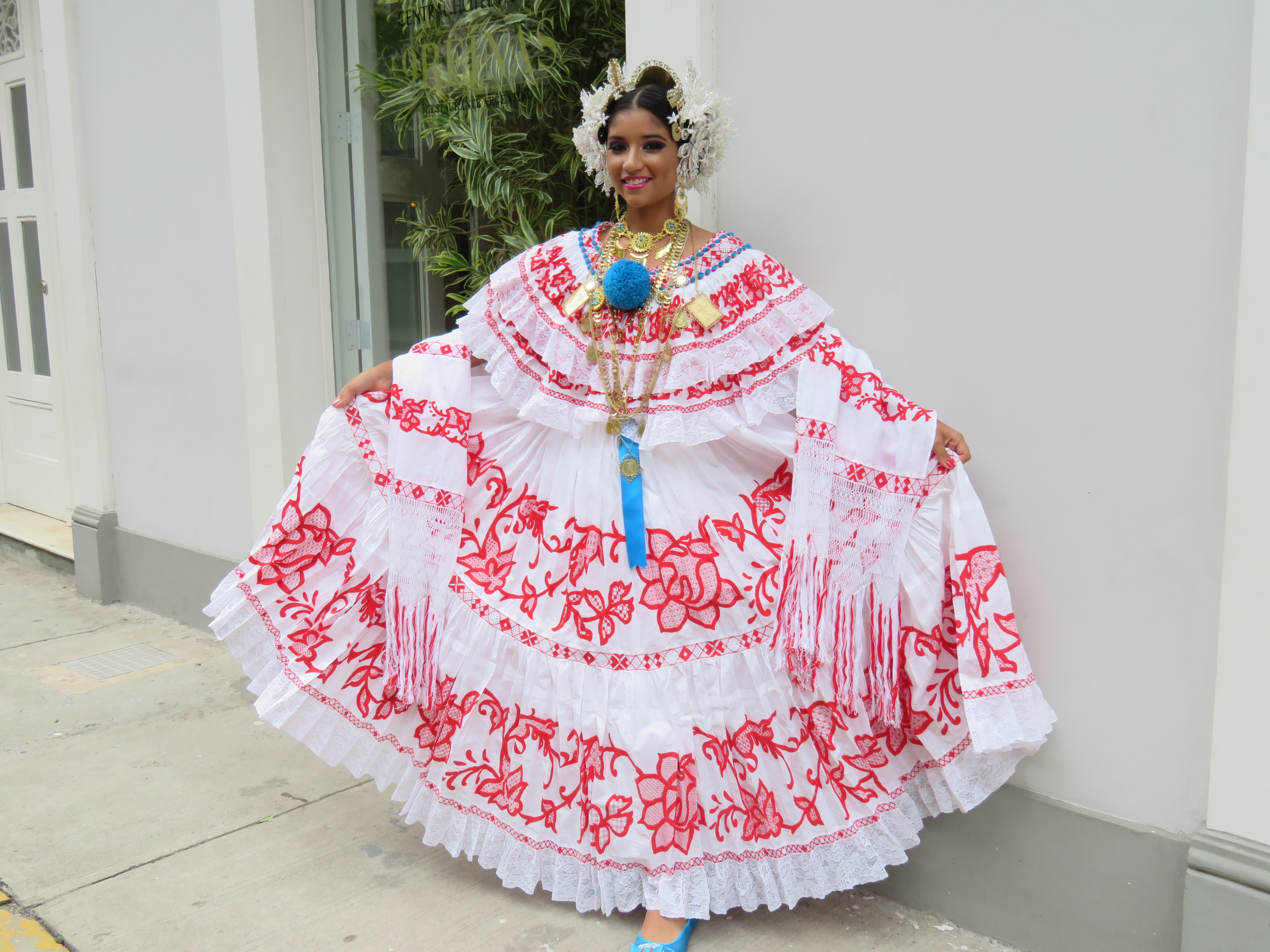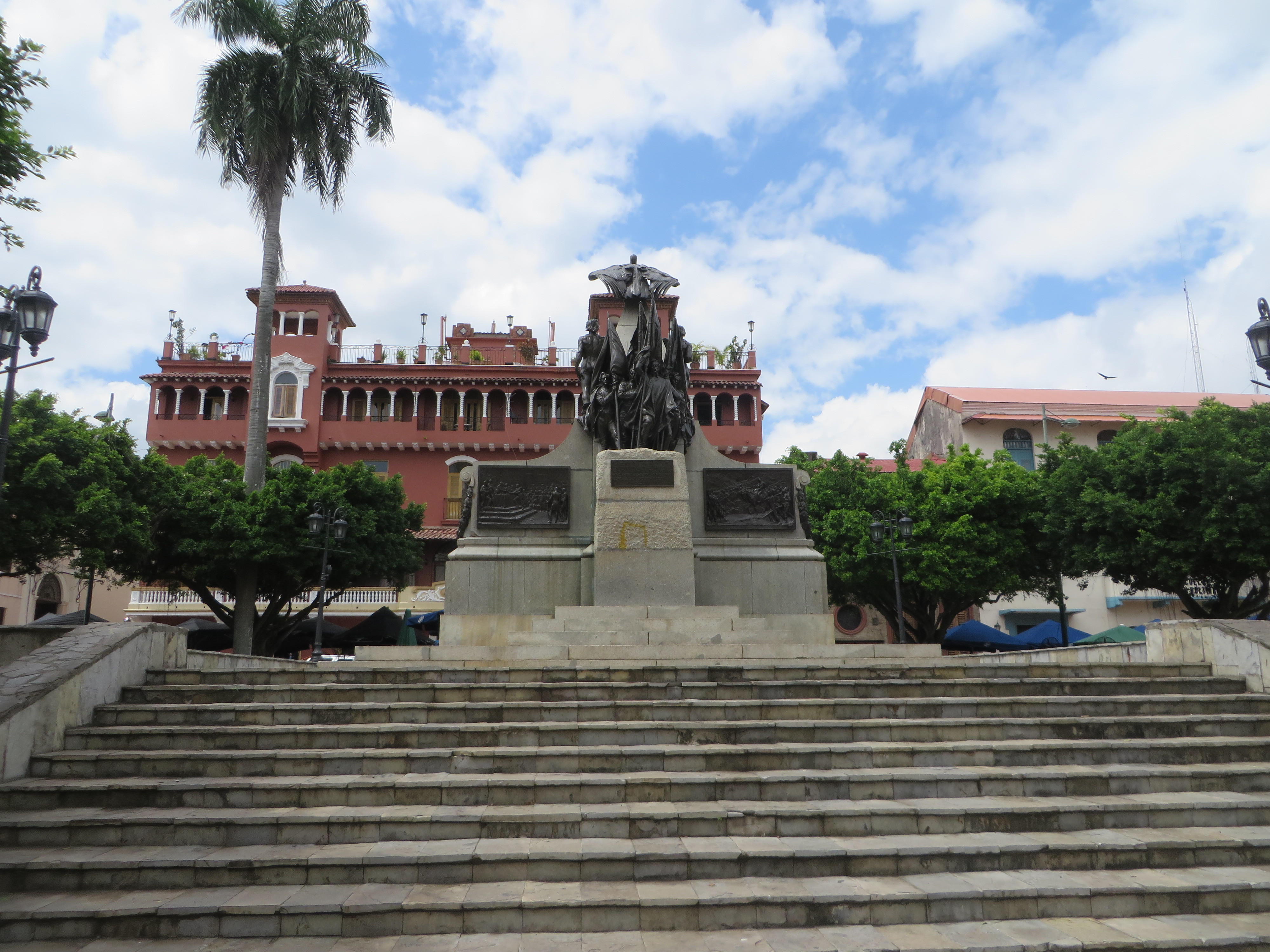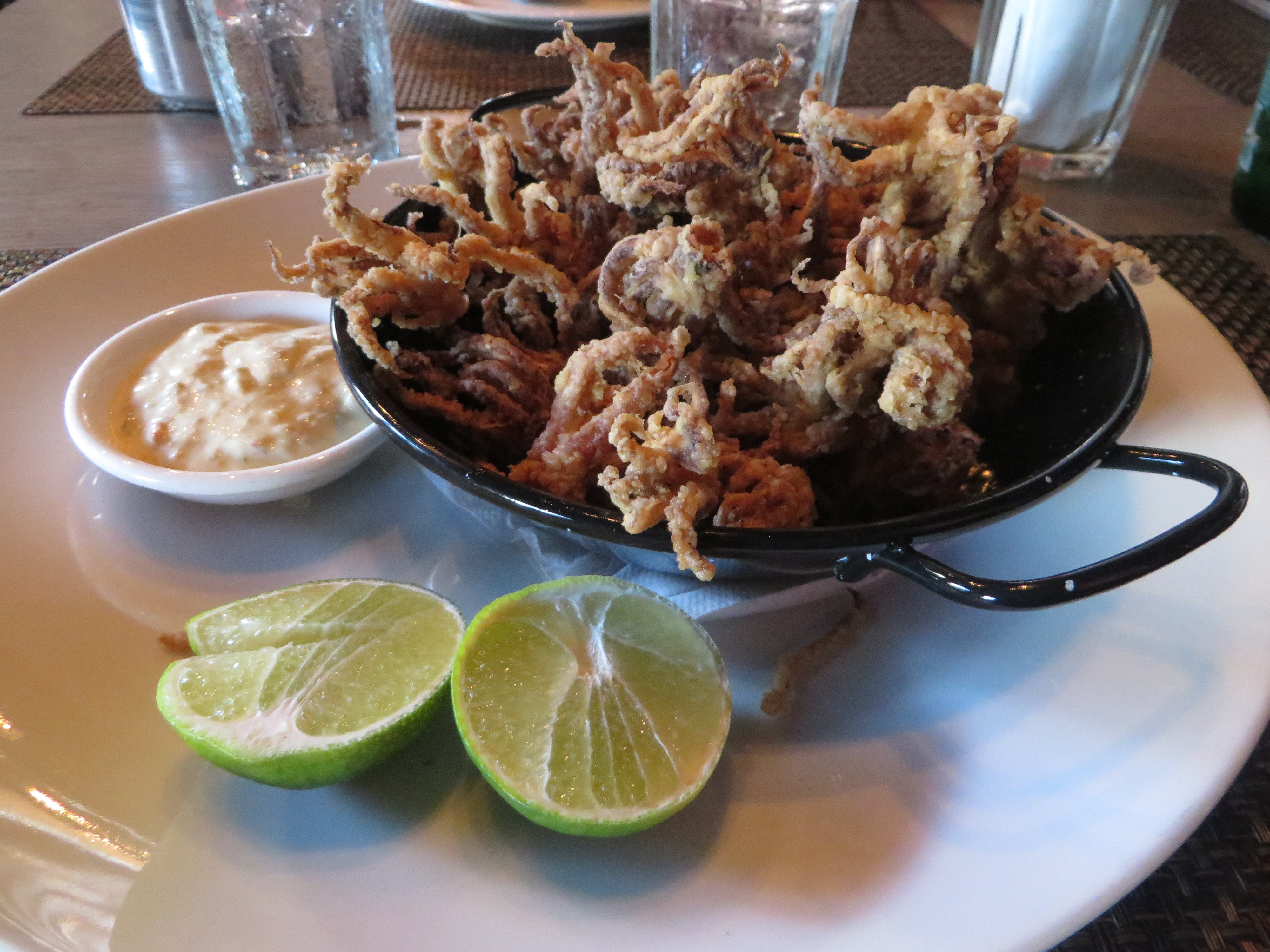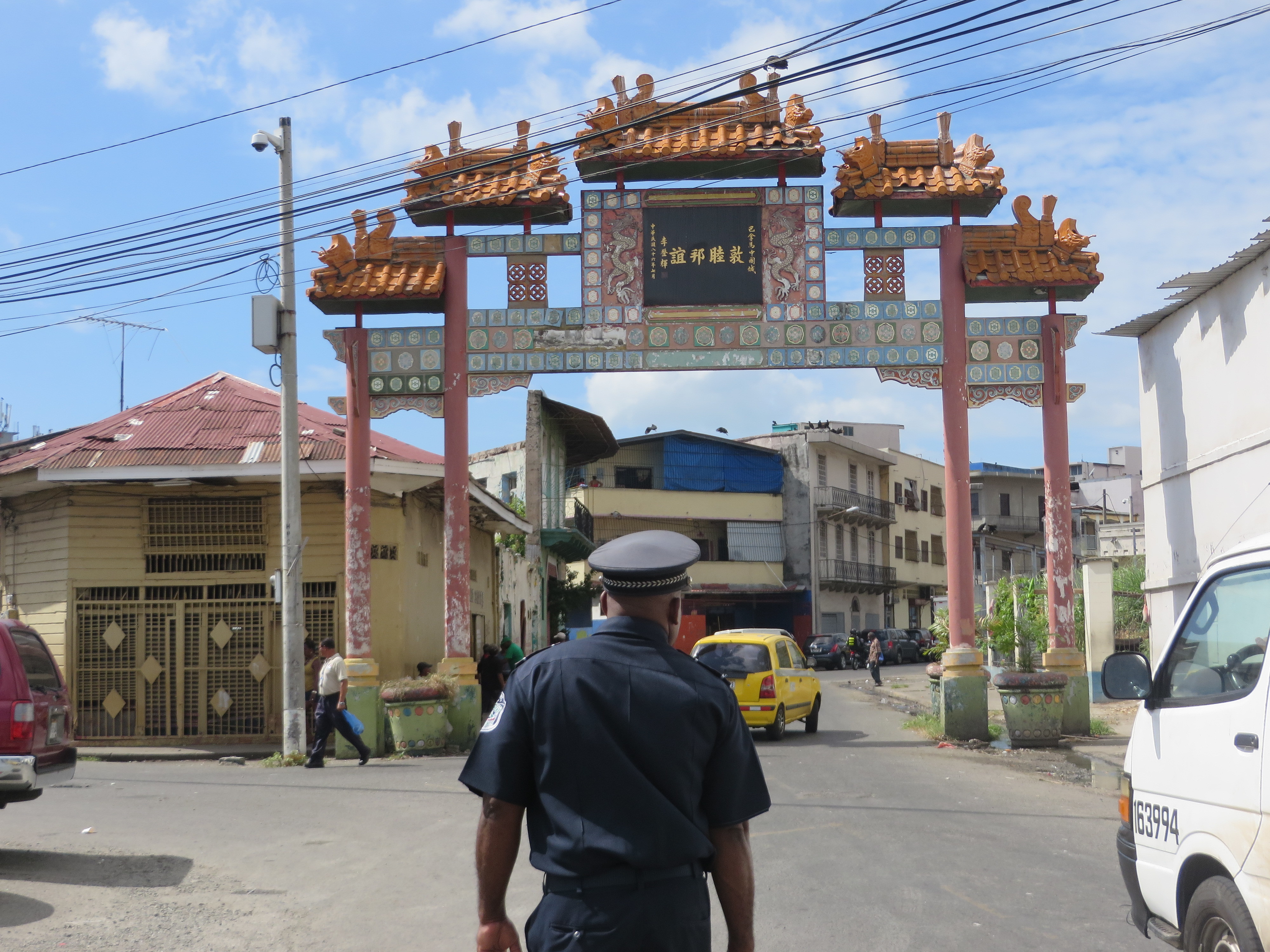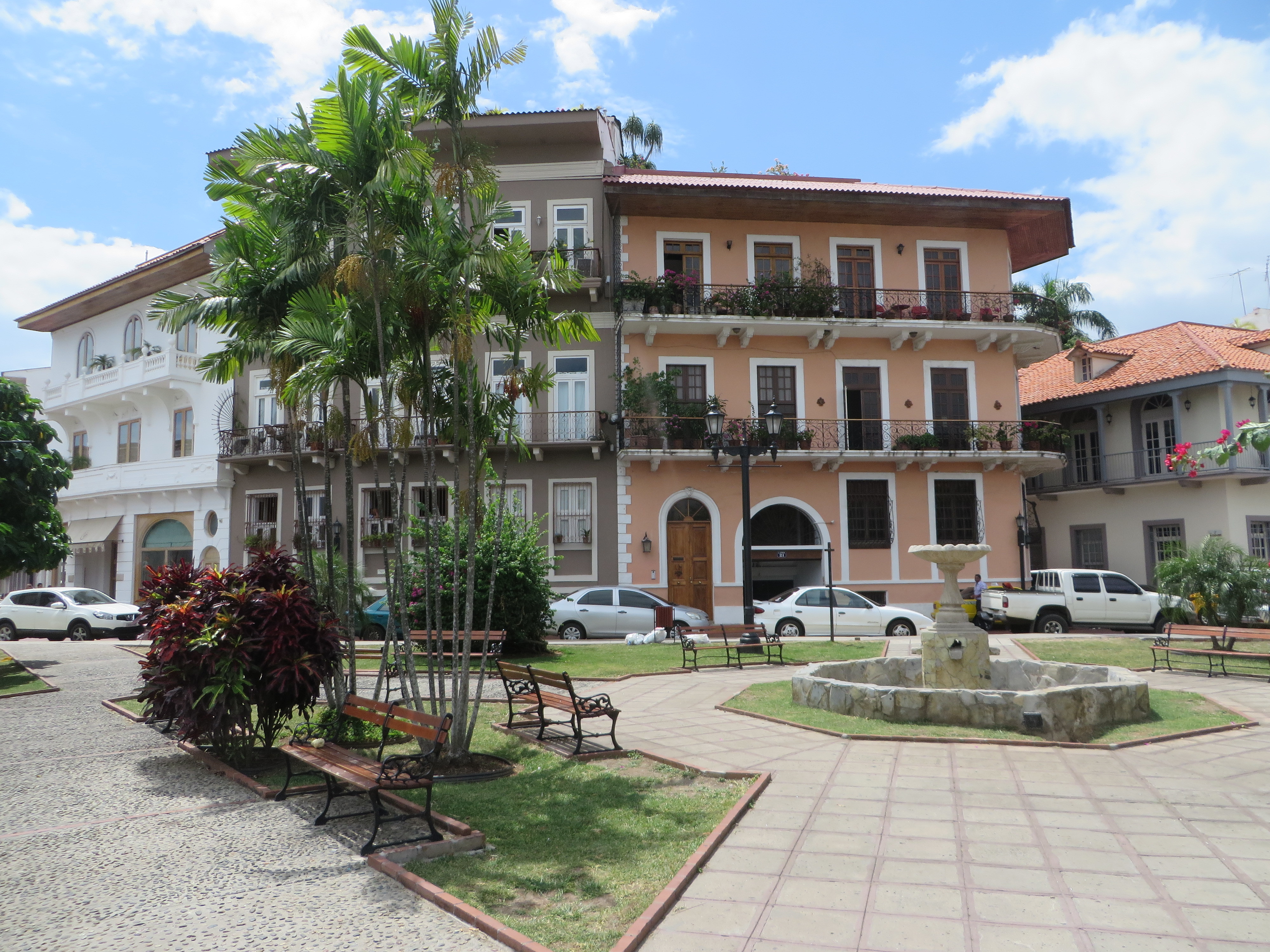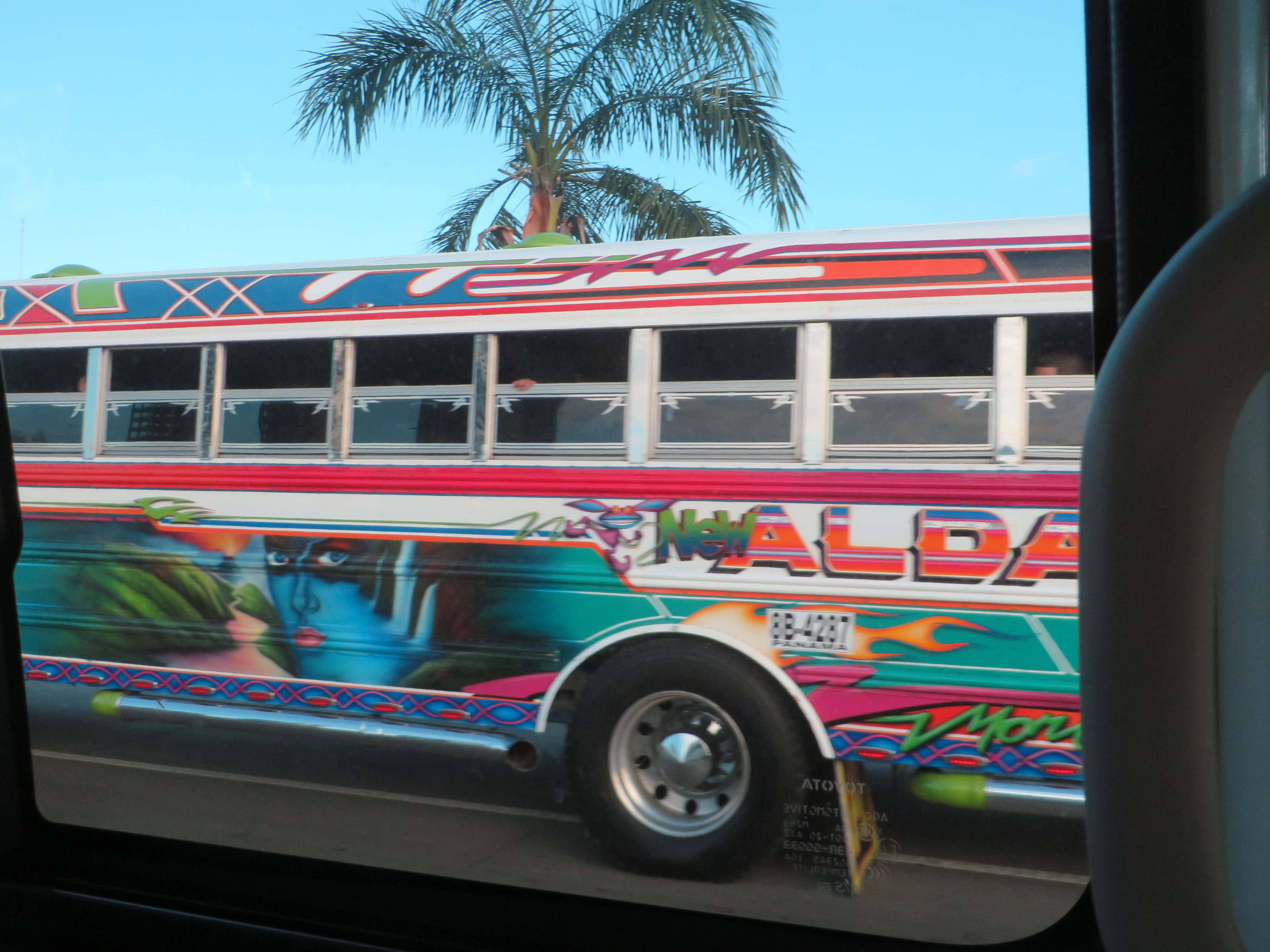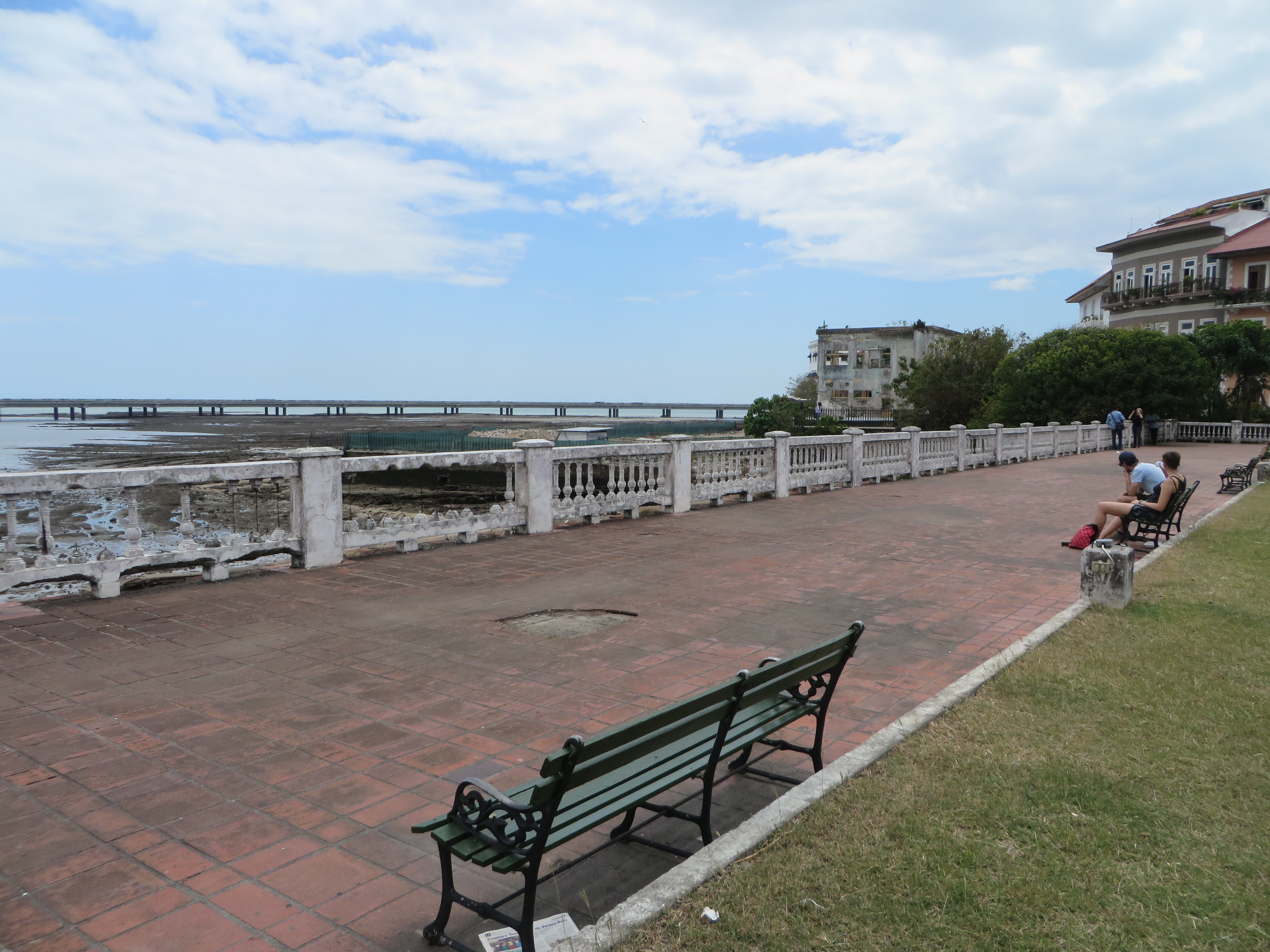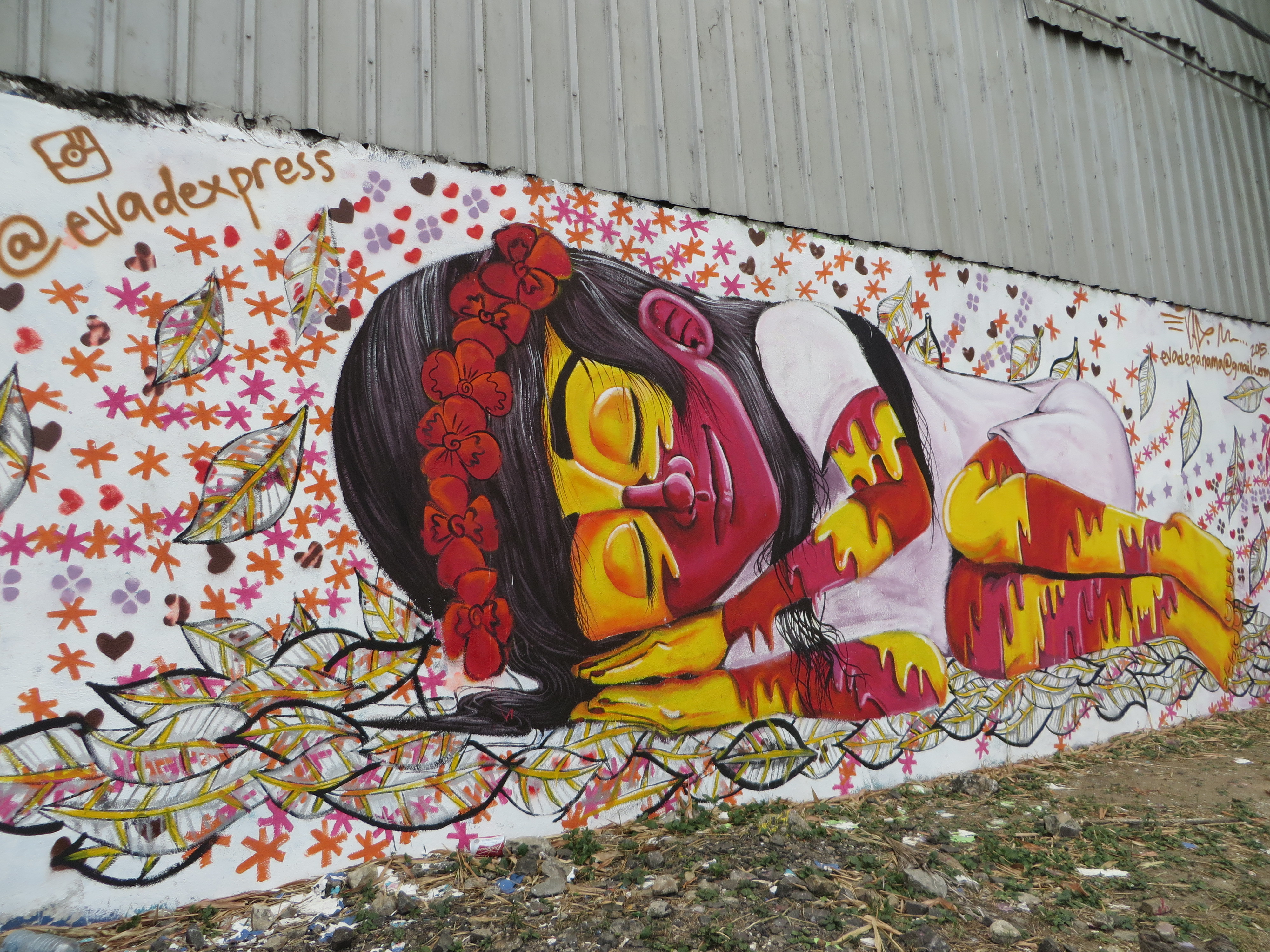Panama City, Panama
We sat in the backseat of our taxi already anxious to officially arrive in Panama City. The rows of cars stretched four across and into a horizon of high rises that highlighted the Canal Spiral Building. The humidity was kept at bay by the air conditioning, while the Gulf of Panama reflected the sun into a million tiny frays and into our eyes.

The streets narrowed and turned into cobblestones while the Spanish Colonial Style homes came closer on both sides, instantly giving us a vivid snapshot of 19th century Panama. Small intimate plazas, cast iron cannons, and former jail cells that at one time were turned into torture chambers once the tide comes in to form the perimeter. A few streets fall directly into the messy mix of water, sand, dirt, and rocks below.
I met Conrad years ago. A living, breathing history book. His great grandfather came from Jamaica to work on the canal under terrible conditions, including high risks for malaria, injury, and racism due to class and color.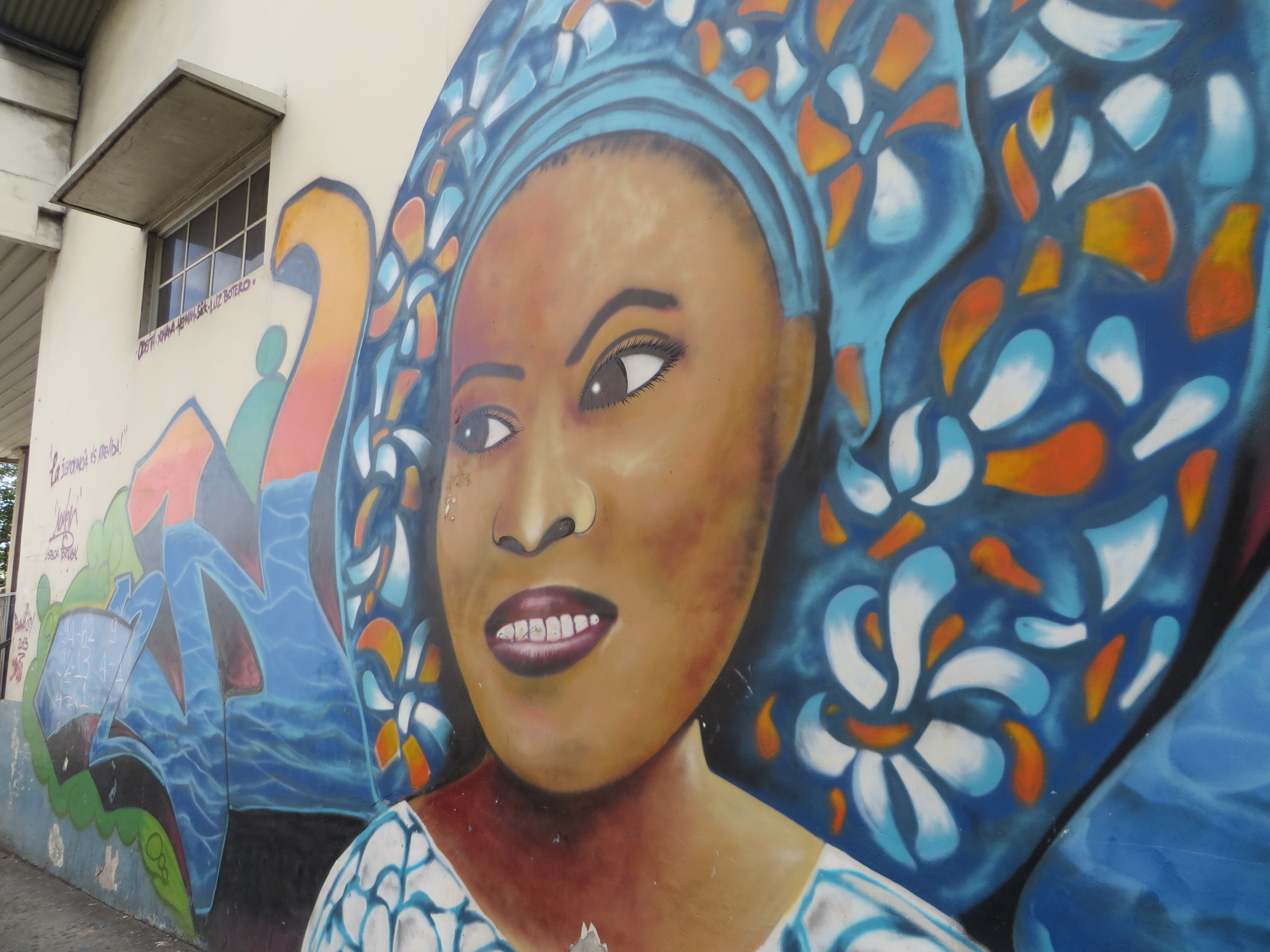
Conrad filled us in on his life, how his wife was killed in Operation Just Cause – the military operation to capture General Manuel Noriega – due to the excessive use of military force.
His personal story became interlaced with his faith in churches and their various patron saints of everything from sickness to broken legs. His excitement to show us everything prompted us to tell him to relax as he led us from one place to the next.

As we ate, I thought about Panamanian history, or rather Colombian history, as Panama was once a state of Colombia. It was here that the Spanish conquistadors heard the tales of the Incas and how the pirates raided and loaded their spoils. Opportunists and despots tortured and amassed riches. Slaves mixed with the indigenous population to gain both freedom and revenge against the Spanish.
Fortune seekers promoted by the gold rush rode on boats, trains, and mules to get across the country to catch another boat to California's gold mines.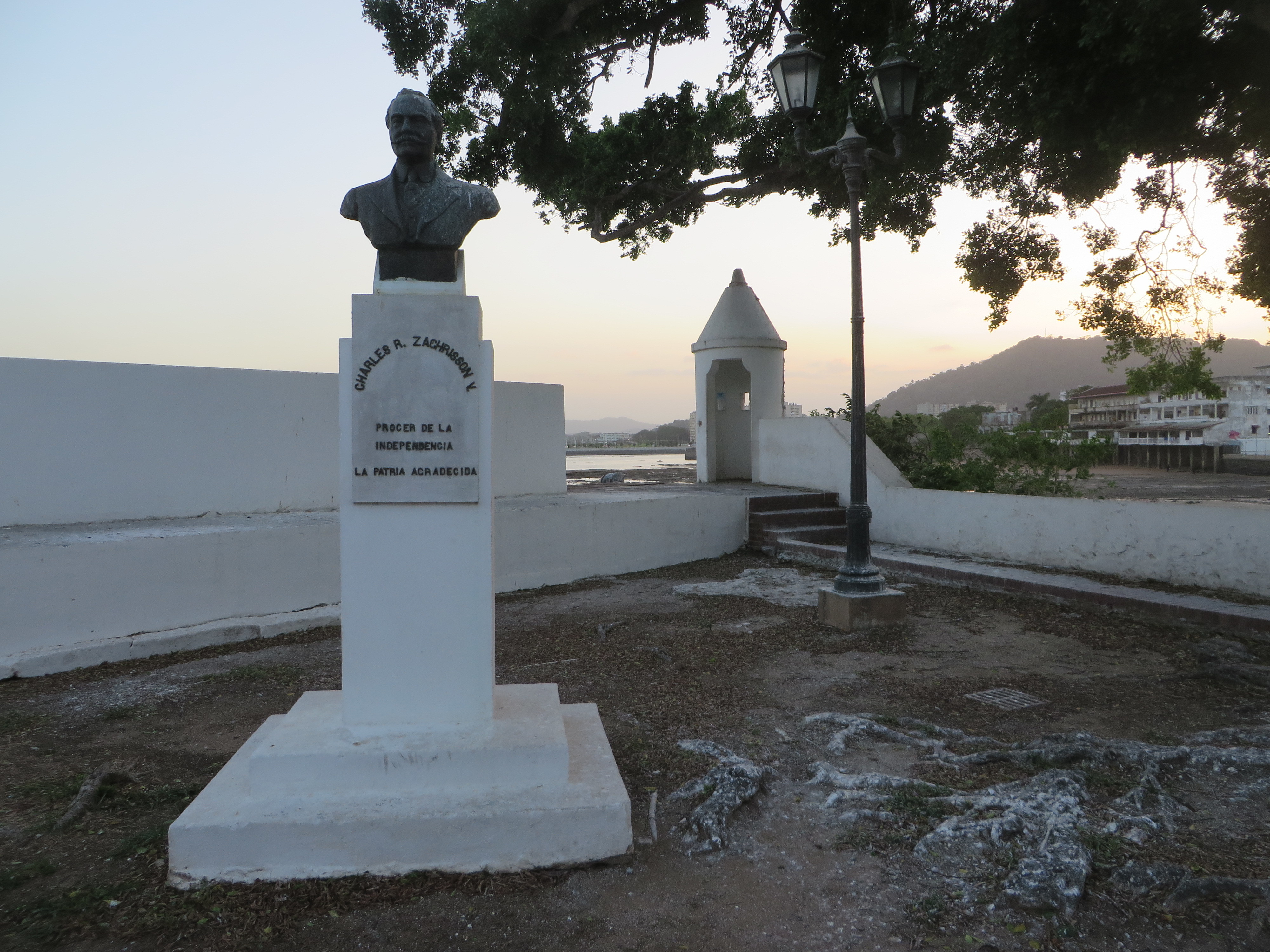
As the canal was being built, decades of Jim Crow laws of caste/color based racism clashed and resulted in the formation of two completely different countries. The United States became the occupiers who profited from the canal as Panama fell into ruin.
Then Noriega rose to power, after the canal switched hands in 2000.
Lunch was over, the bill paid, and Conrad said, “Good bye.” So we walked around past “Panamian hats” actually from Ecuador, theatres, and government buildings. Swaying palm trees provided little shade from the heat. Some relief came from AC units near open doors.

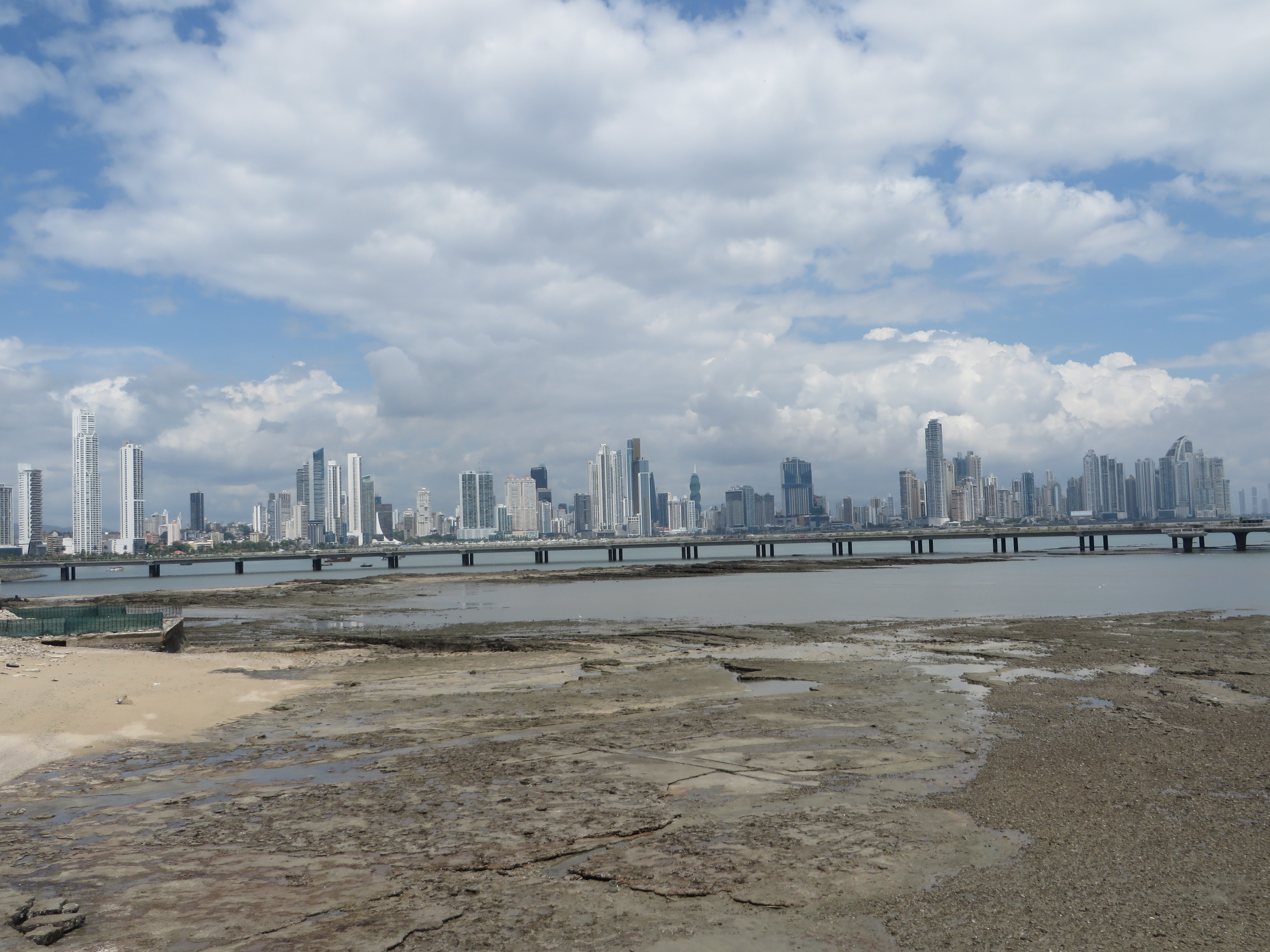
This is only my fourth trip, so I have not seen the real Panama yet. For that to happen, I have to move beyond the city and explore the country's interior. I eagerly yearn for that fifth trip.


